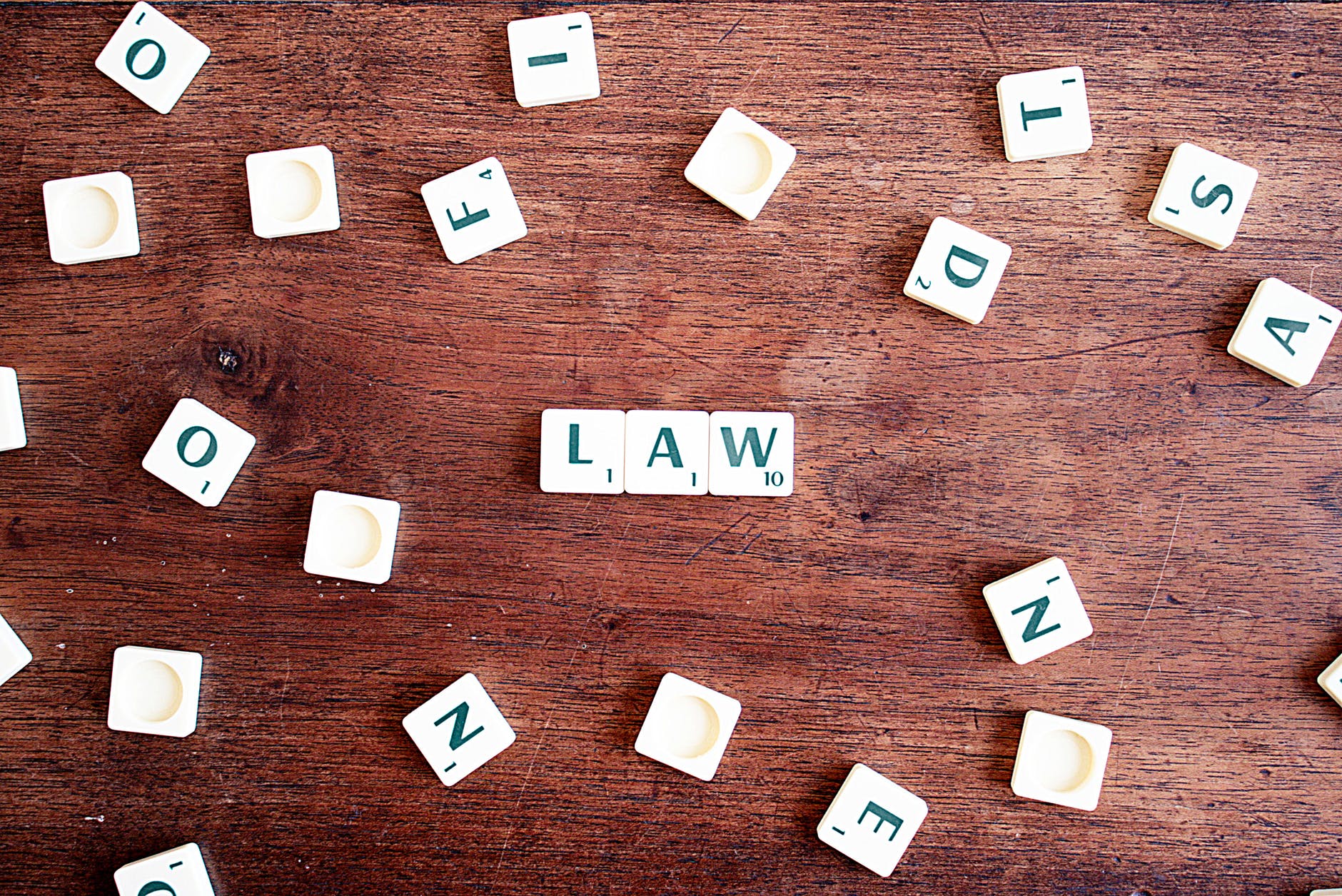Women in the Teachings of Hinduism
A recent report disclosed by the UN mentioned that women in India are facing a number of problems including malnutrition, poor health care and lack of education.
A recent report disclosed by the UN mentioned that women in India are facing a number of problems including malnutrition, poor health care and lack of education. This is reflected on the ratio of the number of men to women, 960 women for 1000 men3 . Another problem is that men are demanding high dowry from the bride's family, which has put a lot of economical pressure on the bride's family.
Such unfair practice was one of the factors behind the escalating rates of infanticide. Female children face a higher probabil- ity of abortion at late pregnancy due to the ability to diagnose the sex of the baby via ultrasound. Selective abortion is also done because of preference to male babies. Female infan- ticide has become a common practice. As a matter of fact, the burning of the widow Sati alive after the death of her husband is part of the Hindu teachings that has been prac- ticed against women through history. It was very prevalent in India until the British government prohibited it in 1930.
By a girl, or by a young woman, or by a woman advanced in years, nothing must be, even in the dwell- ing-place, according to her mere pleasure. In childhood, a female must be dependent on her mere fa- ther, in youth on her husband, her lord (husband) being dead, on her sons. A woman must not seek inde- pendence.
(Dharma Shastra, Ch. V. pp. 162-3)
According to Manu's teachings, there are certain types of beings who do not deserve any rights
Three persons, a wife, a son and a slave, are declared by law to have in general no wealth of their own. The wealth, which they may earn, is regularly acquired for the man to whom they belong.
Three persons, a wife, a son and a slave, are declared by law to have in general no wealth of their own. The wealth, which they may earn, is regularly acquired for the man to whom they belong.
to worship Hindu gods in their own name, they must pray in their husbands' names.The wife is forbidden the comfort of approaching the gods in her own name. No sacrifice is allowed to women apart from their husbands, no religious rite, no fasting.7
They do not seem to have a personality of their own. They are just attached to man. They are also not allowed to read religious books. According to the Dharma Shastra of Manu,For women no (sacramental) rite (is performed) with sacred texts, thus the law is settled; women who are destitute of strength and destitute of (the knowledge of) Vedic texts, (are as impure as) falsehood (itself), that is a fixed rule.8
" Poor low-class girls, initially sold at private auctions, were later dedicated to the temples. They were then initiated into prostitution".10 In another report The Times of India, in its issue of the 10th of November, 1987 has confirm the wide spread of Devadasi system. The system involves dedicating "young Harijian girls (Mahars, Mangs, Dowris and Chambhar) at childhood to a goddess, and their initiation into prostitution when they attain puberty continues to thrive in Karnataka, Andhra Pradesh and other parts of South India. This is due to social backwardness, poverty, and illiteracy".
The report mentioned that this system of prostitution flourishes as a result of conspiracy between the feudal class and the Brahmins. With their ideological and religious influ- ence, they had control over the illiterate peasants and crafts- men, and prostitution was religiously sanctioned. The re- port referred to a study by two doctors from the Indian Health Organization that girls from poor families were sold after puberty at private auctions to a master who initially paid a sum of money to the families ranging from Rs. 500 to 5000.11
According to Vedic teachings, the women have no rights. They are just blessed to be subservient to their hus- bands. Whatever be the qualities of the man with whom a woman is united ac- cording to the law, such qualities even she assumes is like a river (united) with the ocean.12

